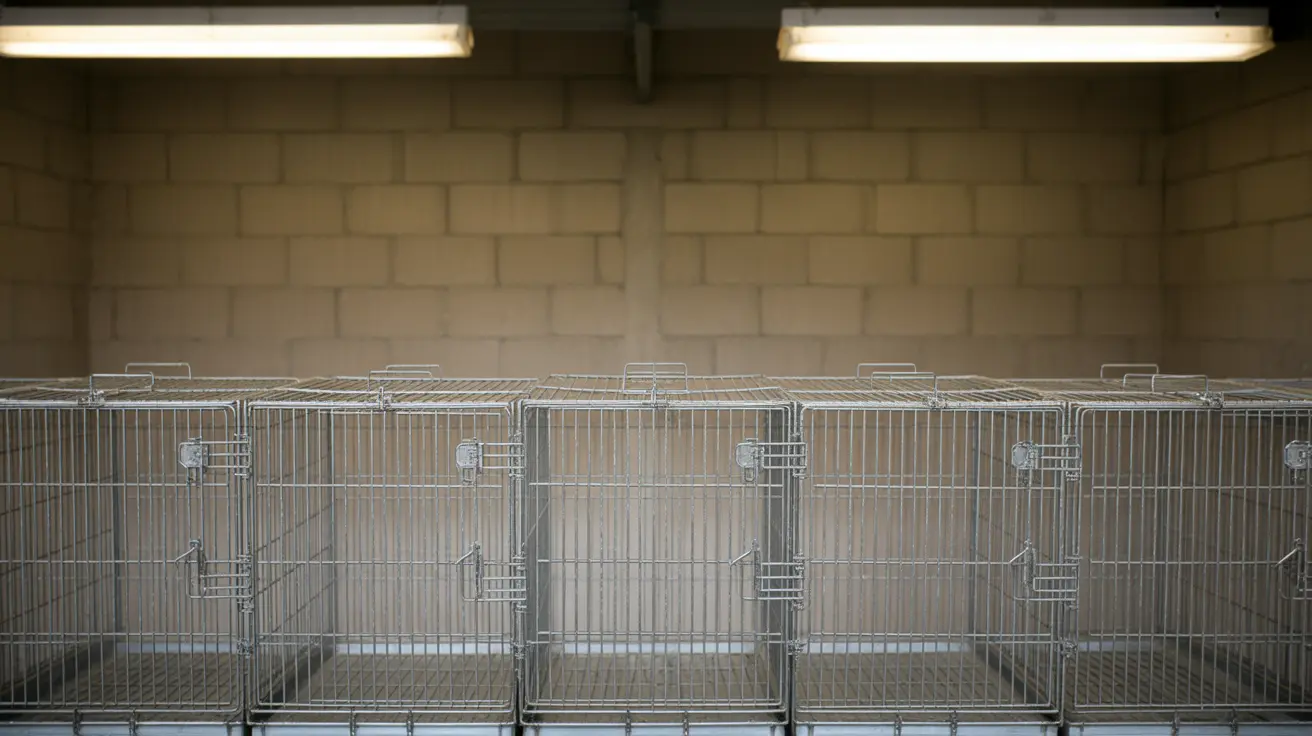Understanding the 3-3-3 Rule for Cats: Helping Your New Feline Adjust
Adopting a cat is a rewarding decision, but transitioning into a new home can be a stressful experience for a feline. The 3-3-3 rule is a simple framework that provides pet parents with insight into the timeline and process most cats experience as they adapt to their new life. It outlines three key milestones: 3 days to decompress, 3 weeks to begin adjusting, and 3 months to feel fully comfortable and develop trust within the household.
The First 3 Days – Decompression
During the initial three days, most newly adopted cats feel overwhelmed. This is a critical time where your cat may:
- Hide in closets, under furniture, or in corners to feel safe
- Refuse food or water due to anxiety or unfamiliarity
- Show fear by hissing, growling, or avoiding contact
Give them space and keep their environment calm. Keep a litter box, food, and water in a quiet room to help them feel secure. Avoid introducing them to too many new people or pets right away, and speak softly around them.
The First 3 Weeks – Adjustment
After about a week, most cats begin to understand their new environment. They may start to:
- Explore the house outside their initial safe zone
- Recognize routines such as feeding times, household sounds, and daily activities
- Bond slowly with one or more human family members
This is the optimal time to begin establishing rules and routines. You can start gently introducing your cat to other pets, increase interaction and playtime, and begin any training such as using a cat flap, provided they feel safe and settled enough for new concepts.
The First 3 Months – Integration and Trust
By the three-month mark, most cats will have developed trust in their environment and caretakers. Signs of full adjustment include:
- Seeking affection and initiating interaction
- Using all provided spaces confidently – including litter boxes and cat flaps
- Stable eating and sleeping habits
This period is ideal for training new behaviors, reinforcing litter habits, and encouraging independent access to the outdoors using a cat flap. Use positive reinforcement and make transitions gradual to increase their success and confidence.
Facilitating Adjustment with a Cat Flap
Within this 3-3-3 timeline, especially around weeks 2–3, you can start introducing a cat flap. Many cats are unfamiliar with the device, so:
- Prop the flap open initially to reduce hesitation
- Use treats or toys to lure them through
- Rub their scent on the flap with a cloth for comfort
- Reduce noise and resistance by muffling magnets or hinges
Always be patient. Never force a cat through the flap, as it could damage their trust and delay progress. Timing this training within the 3-week to 3-month period improves results.
Tips to Support the 3-3-3 Rule
- Give your cat a quiet, isolated space for the first few days
- Let them come to you – never force interactions
- Provide familiar-scented objects or use pheromone sprays
- Stick to a consistent feeding and cleaning schedule
- Reward small steps toward socialization and new behaviors
It's important to remember that every cat is unique. Some may progress faster, while others may take longer to reach each stage. The 3-3-3 rule is a helpful guideline, not a rigid schedule. With patience, attentiveness, and gentle encouragement, your cat will settle into their new home and become a cherished companion.





